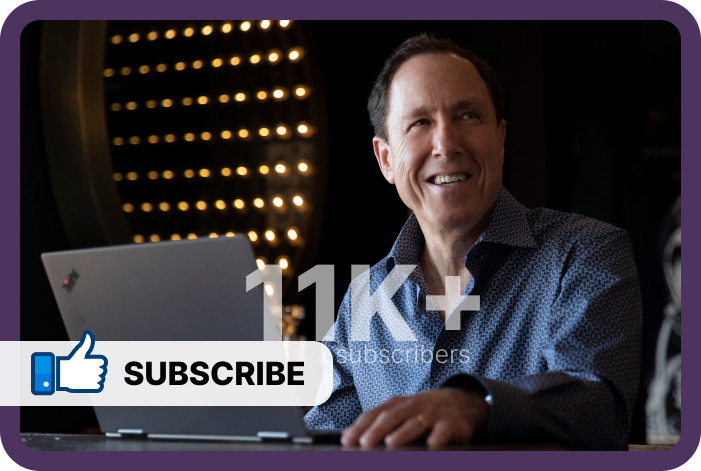In an earlier message, I said that the first step to pumping up your sales is to find people with money and a need.
And then, you also need a medium or a way to reach them.
The next step is to discover and verify.
What does that mean?
When you’re selling big-ticket items, such as office equipment or real estate, you want to find out what the buyer wants.
What are their criteria?
What are their problems that those items will help solve?
A great way to know this is to create a questionnaire, like when we do a training interview for a company.
We have a list of about 50 questions we ask them – about their teams, salespeople, selling cycles, those things. Next, we ask them to rate themselves on a scale from one to ten.
That’s how we can show them where they’re weak and where they’re strong.
The same scenario applies here.
It’s helpful to let the customer do a self-assessment when you do the discovery. That’s because it helps them understand their problems. They may think that they need more money, but in reality, there’s a reason they don’t have it.
Nobody ever became overweight because they ate one piece of chocolate cake, right? There’s something going on with their eating pattern that’s making them gain the weight, not that single piece of cake.
So, you need to list those problems.
An online questionnaire works well for this purpose. It’s a great way to get an appointment. Offer them a free assessment to see if you can help.
If there’s chemistry, you can continue to work together. If not, you can move on.
How easy is that?
Just be honest and don’t try to sell too soon.
People suffer what I call premature closing syndrome. When you’re so eager to make the sale, they can smell it on you and put up their guard.
That’s why you should show that you have a genuine interest in your customer. Build good rapport and find a way to add value. Help them find solutions to the problems found in the discovery before you make the offer.
That’s the whole deal.
Through asking lots of questions, you discover the issues. After that, you verify their answers and help them connect the dots.
Be Awesome,
Blair
If you’d like to master discovering the right clients which will catapult your business sales, click here>>

